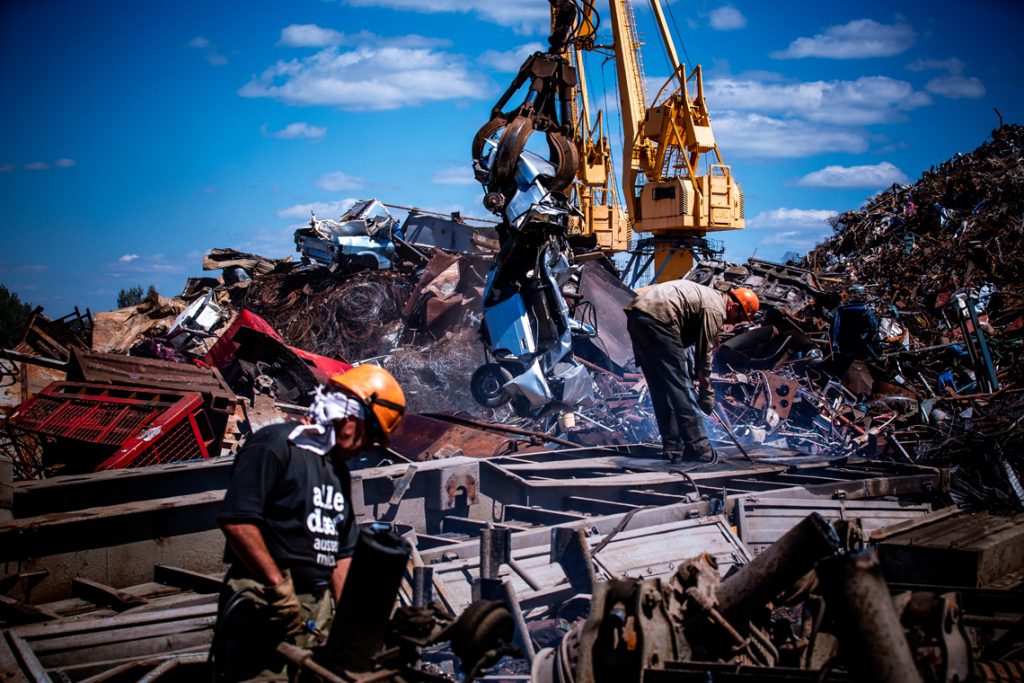
“This is an extremely challenging target to meet. The steel industry would need to find the right balance between managing rising demand and pressure to decarbonise,” says Wood Mackenzie senior analyst Mihir Vora said. “The pathway to a 2°C world is filled with obstacles compared to our base case view.”
Steel demand is expected to rise 23% to 2,300 Mt between 2020 and 2050. Developing economies such as India, Southeast Asia and South America are expected to drive demand growth, WoodMac says, while China and Europe would pare down their consumption.
“Currently, steel is responsible for 7% of global CO2 emissions,” Vora says. “The industry needs to prioritise decarbonisation if the world is going to achieve a 2°C warming pathway aligned to the goals of the Paris climate agreement.
“Advanced economies will need to do more to curb emissions via innovative new steelmaking pathways such as hydrogen use, while developing nations will be slow adopters and small contributors to emissions reduction.”
“In a 2°C world, seaborne imports would be all but eliminated during the 2040s in China, leaving only a nominal volume of the highest-quality coking coals imported to coastal mills”
WoodMac’s metallurgical coal principal analyst Anthony Knutson
Wood Mackenzie outlined five main outcomes that would need to be achieved for the steel sector to achieve a 2°C warming pathway. They include doubling scrap use in steel making; tripling direct reduced iron (DRI) production and use; reducing global average electric arc furnace (EAF) emissions intensity by 70%;) reducing blast furnace – basic oxygen furnace (BF-BOF) emissions intensity by 30%, close to its theoretical minimum; and capturing and storing 45% of the residual carbon emissions (around 500 Mt per annum).
Aligning to a challenging 2°C warming pathway in the steel industry would mean disruption to the iron ore and metallurgical coal markets. It would, WoodMac notes, be a boon for hydrogen demand in steelmaking as well as carbon capture and storage.
“Steel’s potential extreme decarbonisation in a 2°C scenario would mean tripling DRI production. This presents a huge opportunity for suppliers of premium iron ore,” says Rohan Kendall, head of iron ore research. “Although the rise in scrap consumption would lead to total iron ore demand falling by 24% below our base case, the market for pellet products would expand by 35%.”
The decarbonisation of the steel sector in this scenario would boost DRI trade. Australia and Brazil could be well positioned to produce H-DRI for export. DRI using green hydrogen as the reductant can produce steel with almost zero CO2 emissions. China and Europe would be key DRI importers.
To achieve scrap use growth, scrap recycling rates would have to increase from 80%-85% to 95%, WoodMac says. India and China scrap supply chains would require substantial development which would contribute to displacement of iron ore demand, notably taking effect post 2030.
“Under a 2°C scenario, hot metal consumption is expected to decrease 667 Mtpa below our base case by 2050 to 795 Mt. This in turn leads to an almost halving of the total annual metallurgical coal demand to 622 Mt from our base case by 2050,” says WoodMac’s metallurgical coal principal analyst Anthony Knutson.
Seaborne metallurgical coal trade would fall in this scenario, although domestic coal in China would bear the brunt of declines.
“In a 2°C world, seaborne imports would be all but eliminated during the 2040s in China, leaving only a nominal volume of the highest-quality coking coals imported to coastal mills,” Knutson says. “India, on the other hand, would double its import requirement to 123 Mtpa, as its steel demand outpaces its ability to decarbonise.
“PCI demand comes under great pressure in a 2°C scenario falling by 50% or 37 Mt as hydrogen injection rates increase.”
A successful rollout of carbon capture and storage – which under this scenario could reach 500 Mt of emissions captured in 2050 – would provide an opportunity for continued use of metallurgical coal in steelmaking as emissions captured via this pathway is from BF/BOF steelmaking.




